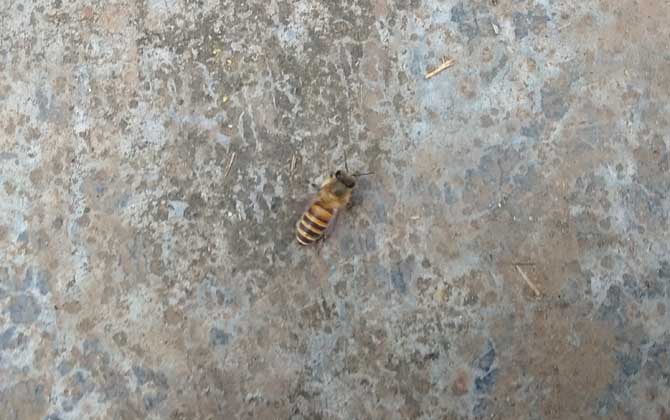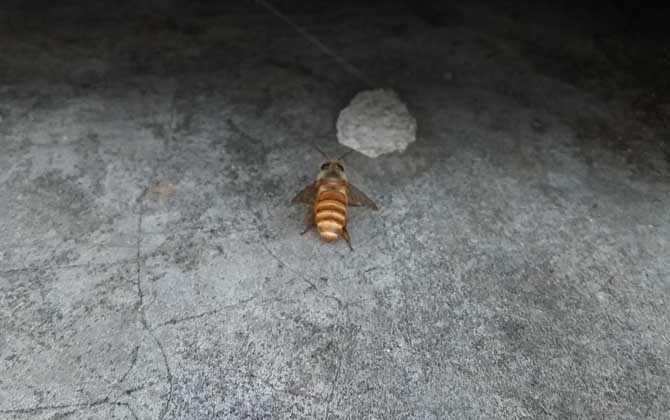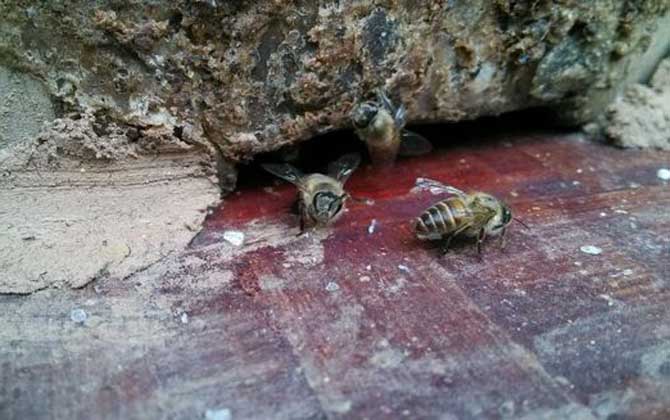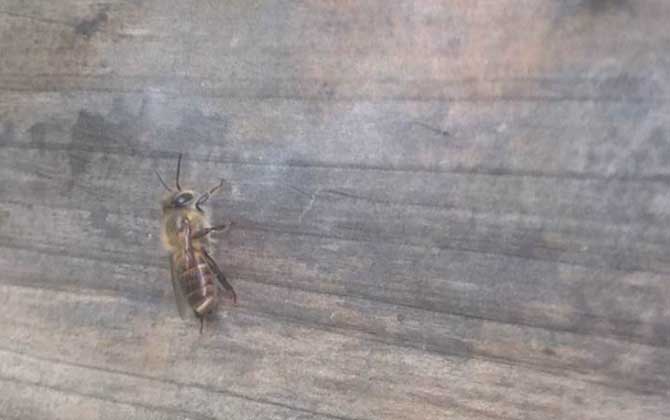Native Bees vs. Introduced Bees: A Comprehensive Comparison
Bee species are the fundamental cornerstone of apiculture. Without them, beekeeping would be impossible. Based on their origins, bees in China are classified into two main categories: native bees and introduced bees. Native bees refer to indigenous species like the Chinese honey bee, while introduced bees encompass superior foreign breeds imported to China. Let’s explore their differences in detail.

1. Species Classification Differences
- Native Bees :
Primarily represented by the Chinese honey bee (Apis cerana cerana), a subspecies of Eastern honey bees. They are distributed across most regions of China except some extreme climates. - Introduced Bees :
Main species include:- Italian bees (Apis mellifera ligustica) – Most common
- Carniolan bees (Apis mellifera carnica)
- Caucasian bees (Apis mellifera caucasica)
- European dark bees (Apis mellifera mellifera)
All belong to Western honey bee subspecies.

2. Physical Characteristics
| Native Bees | Introduced Bees | |
|---|---|---|
|
|

3. Behavioral Adaptations
Native Bees Advantages
- Superior adaptation to local climates
- Effective predator avoidance strategies
- Efficient utilization of scattered nectar sources
- Cold resistance (down to -5°C)
Introduced Bees Limitations
- Dependent on human management
- Require concentrated nectar sources
- Limited cold tolerance (except European dark bees)
- Higher susceptibility to local parasites

4. Productivity Comparison
Honey Production Statistics
- Chinese Honey Bee:
– Stationary beekeeping: 5-10 kg annually
– Migratory beekeeping: 15-20 kg - Italian Honey Bee:
– Commercial operations: 50-100 kg+ annually
– Superior wax production
Market Value Comparison
- Native bee honey: $20-40/kg (premium pricing)
- Introduced bee honey: $8-15/kg (bulk production)
Ecological Impact Analysis
- Native Bees:
– Crucial for pollinating native flora
– Maintain ecological balance
– 30% more efficient in mountain flower pollination - Introduced Bees:
– May compete with native species
– Require artificial feeding in winter
– Better for commercial monoculture pollination
Key Takeaways
- Classification varies by origin rather than strict biological taxonomy
- Physical differences serve as primary identification markers
- Behavioral adaptations determine regional suitability
- Productivity vs ecological value creates beekeeping dilemmas
- No universal standard for differentiation exists
Note: Modern apiculture often employs mixed management strategies, combining native bees’ ecological advantages with introduced bees’ productivity through seasonal rotation systems.